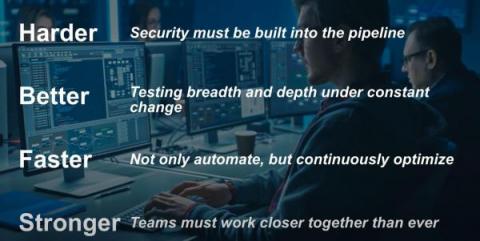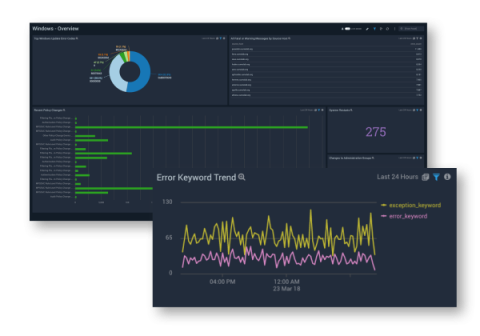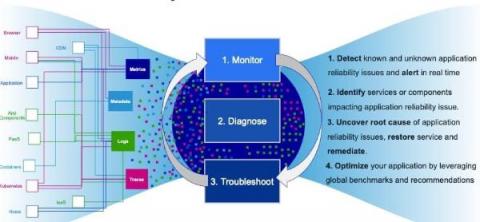How teams are breaking down data silos to improve software delivery
Over the past decade, the software development landscape has shifted dramatically. Long development cycles resulting in big releases are now a thing of the past. Instead, the focus is on delivering value to the customer quickly and efficiently through small releases delivered at a high frequency. This shift is not without its challenges. Increased release velocity means an increased threat to security and reliability. To combat this, teams must collaborate fluidly across the organization.











